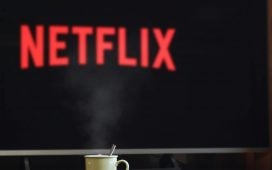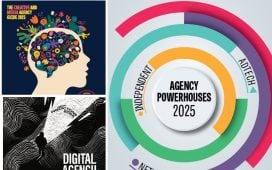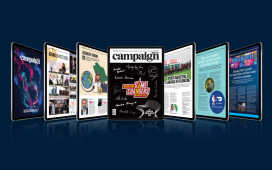A bland catch-all used to describe various forms of communication, what does ‘content’ actually mean and is the desire to create ever-more pieces of ‘stuff’ damaging brands and their agencies?
“Everybody is talking about content because it is a buzzword, like storytelling a while ago,” says Hubert Boulos, chief executive for the Middle East at DDB Dubai. “For some reason buzzwords are needed to hide the real lack of added value offered by the people and organisations using them. Seriously, content has existed since cavemen were drawing on walls. Ditto for storytelling. So yes, this is pathetic and ridiculous. Coming up with such idiocies makes marketing and advertising look like
To continue reading this article you need to be registered with Campaign. Registration is free and only takes a minute. Register Now or sign in below if you already have an account.









